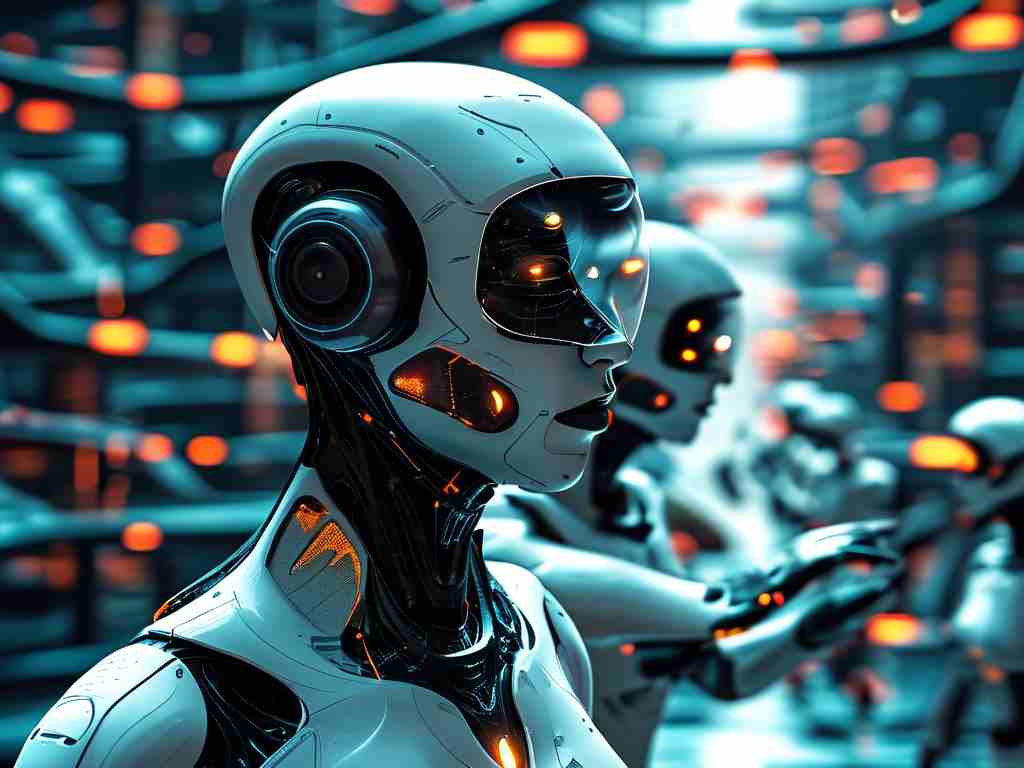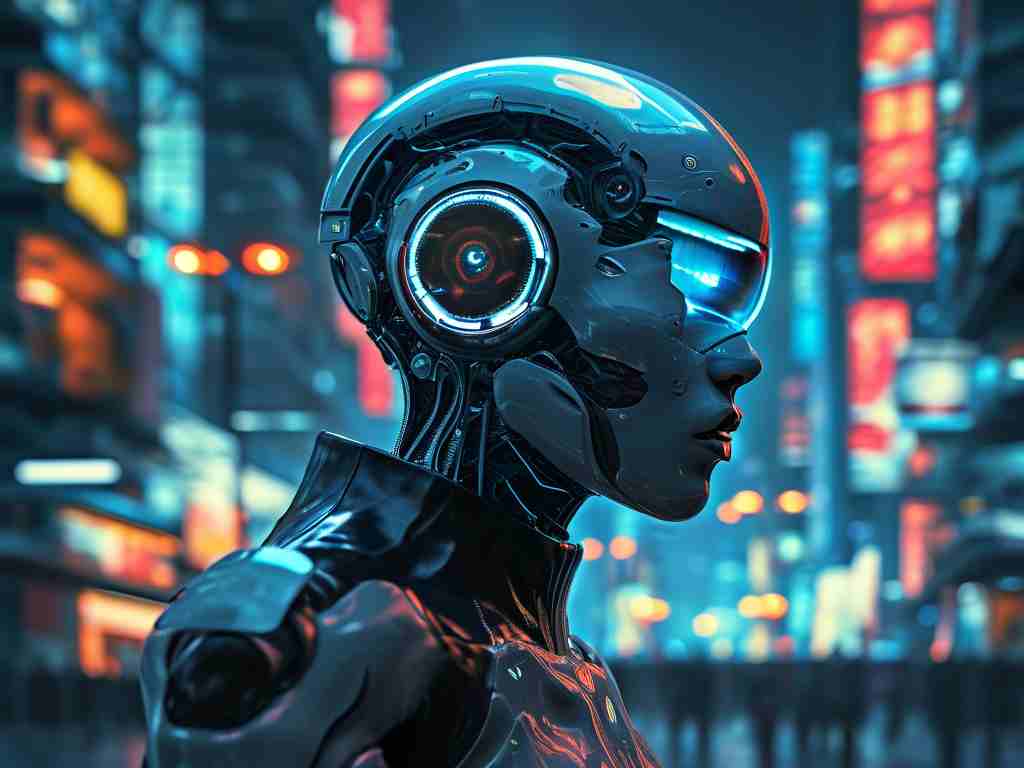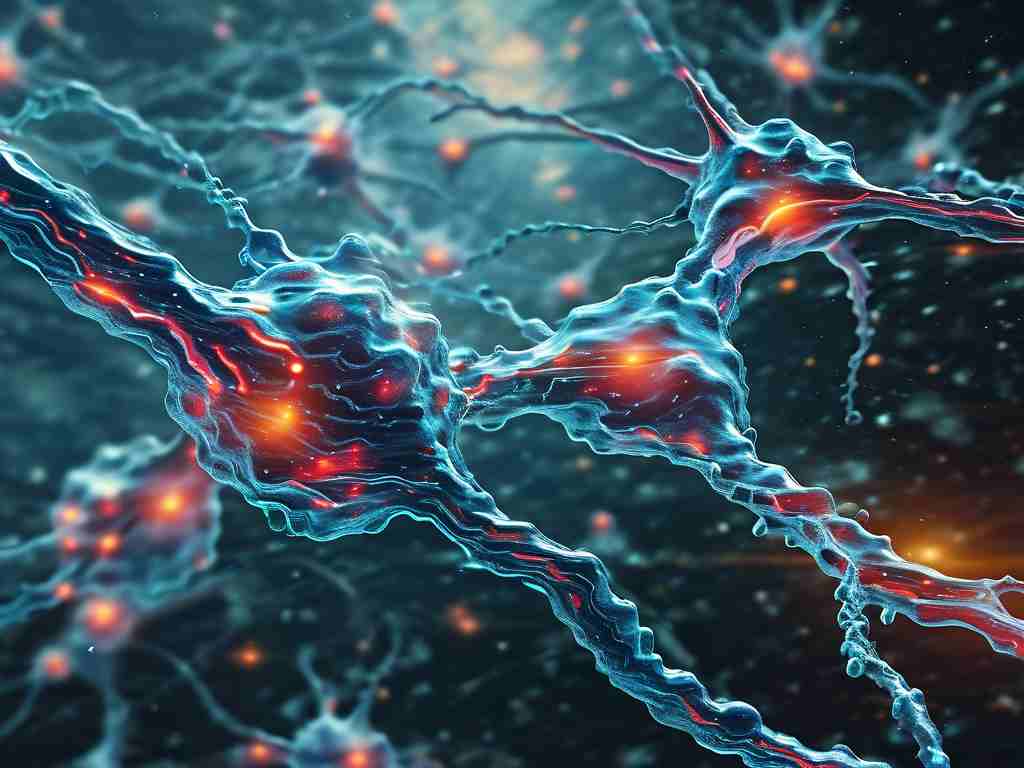The evolution of computational paradigms has driven demand for systems capable of autonomous decision-making in dynamic environments. Distributed adaptive agent architectures represent a transformative approach, combining decentralized intelligence with self-optimizing behaviors to address scalability and complexity challenges. This article explores the principles, applications, and implementation strategies of these architectures while highlighting their role in modern technological ecosystems.

Foundations of Distributed Adaptive Systems
At their core, distributed adaptive agent architectures operate through interconnected nodes that independently process data and execute tasks. Unlike traditional centralized systems, this framework eliminates single points of failure while enabling real-time responsiveness. Each agent employs machine learning algorithms to analyze local environmental inputs, adjusting its behavior through reinforcement learning mechanisms. For instance, in smart grid management, agents autonomously balance energy distribution based on fluctuating demand without requiring human intervention.
A critical feature lies in the emergent coordination between agents. Through lightweight communication protocols such as publish-subscribe models or gossip algorithms, clusters of agents collectively achieve system-wide objectives. This decentralized coordination is exemplified in autonomous vehicle networks, where cars negotiate lane changes by sharing positional data through vehicular ad-hoc networks (VANETs), demonstrating how local interactions yield global efficiency.
Self-Optimization Mechanisms
Adaptive architectures embed feedback loops that enable continuous performance refinement. Agents utilize metrics like latency, resource utilization, and task completion rates to iteratively adjust decision-making parameters. In cloud computing environments, this manifests as dynamic workload distribution: agents on virtual machines monitor CPU loads and automatically migrate containers to underutilized nodes, reducing operational costs by 15–20% according to simulation studies.
Fault tolerance is achieved through redundancy and graceful degradation protocols. When an agent detects hardware failures or network partitions, it triggers backup instances or reroutes tasks to neighboring nodes. Industrial IoT deployments leverage this capability to maintain production line uptime—sensors detecting equipment anomalies immediately delegate diagnostic tasks to peer agents while initiating maintenance alerts.
Implementation Challenges and Solutions
Deploying these architectures requires addressing synchronization conflicts and resource contention. Version-controlled state management frameworks like Conflict-Free Replicated Data Types (CRDTs) help resolve data inconsistencies in asynchronous environments. Developers often integrate lightweight containerization tools (e.g., Docker Swarm) with agent platforms such as JADE or SPADE to streamline deployment across heterogeneous devices.
Security remains a paramount concern. Cryptographic techniques like homomorphic encryption allow agents to process sensitive data without exposing raw information. In healthcare systems, patient diagnostics agents collaborate on encrypted medical records, ensuring compliance with regulations like HIPAA while still generating actionable insights.
Industry Applications
-
Supply Chain Optimization
Logistics networks employ agent-based systems to dynamically reroute shipments around disruptions. Agents analyzing weather patterns, port congestion, and fuel prices autonomously negotiate contract terms with transport providers, reducing delivery delays by up to 35%. -
Urban Mobility
Smart city platforms deploy traffic management agents that optimize signal timings in real time. By processing feeds from cameras and vehicle telemetry, these agents reduce average commute times by 22% in pilot cities like Barcelona and Singapore. -
Precision Agriculture
Autonomous drones equipped with computer vision agents monitor crop health across distributed farmlands. These agents coordinate irrigation schedules and pesticide deployment, boosting yields while minimizing resource waste.
Future Directions
Emerging research focuses on quantum-enhanced agents for solving combinatorial optimization problems and neuromorphic computing architectures that mimic biological neural networks. As 5G/6G networks reduce communication latency, multi-agent systems will likely achieve nanosecond-level synchronization, enabling breakthroughs in fields like collaborative robotics and real-time financial trading.
In , distributed adaptive agent architectures redefine how intelligent systems operate in uncertain environments. By blending decentralized control with machine learning-driven adaptability, they offer scalable solutions for an increasingly interconnected world. Developers and organizations adopting this paradigm must prioritize interoperability standards and ethical AI guidelines to fully realize its potential.




